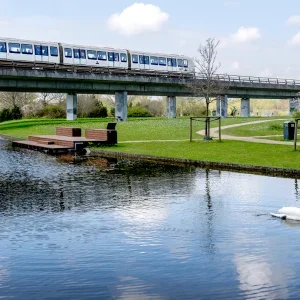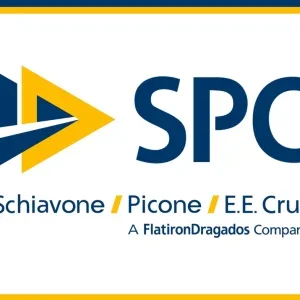Contractor Arge Tunnel Sörenberg is still on schedule and budget for a May 2002 handover to client Transitgas, having overcome a combination of gas presence, blocks through the head, water inflow and fractured segment lining during construction of the $81M, 5.2km long Sörenberg gas pipeline tunnel in Switzerland.
Currently the contractor is constructing the concrete platform at the base of the tunnel, but the breakthrough in mid-summer of the 4.5m diameter Herrenknecht TBM, used to drive the tunnel, brought to an end an excavation project full of challenges both to the contractor and Italian consultant Geodata.
Having been awarded the contract in 1999, the joint venture of Ilbau/Cogeis/Specogna and Scheifele, chose to drive the tunnel using a shielded TBM capable of erecting the 3.8m i.d six piece, dowelled and gasketed, precast concrete segment rings.
The geology was expected to present challenges, being a complex composite of highly deformed and disturbed sandstones, siltstones and mudstones as well as more competent marl. Boring began in May 2000 and within 500m the TBM ran into lithological units in the face that produced muck of a greatly varying granulometry. A large block made it through on to the conveyor and it was decided that a steel grid was needed to control spoil size coming through the cutterhead. Installation proved successful.
During excavation through the sedimentary Scliereng Flysch units, gas pockets were encountered. To ensure the safety of the workers, the ventilation system was upgraded and the possibility of machine- induced ignition minimised.
Higher than expected local water inflows also hampered progress along the tunnel with the ingress being sufficient to wash away the cement grout between the lining and the excavation profile. This resulted in anomalous load configurations and fractures in the lining. The problem was overcome by the complete backfilling of the annular void to restore load equilibrium along the profile.
With the tunnel excavation taking a year to complete, the successful breakthrough on time and budget marks the end of a problematic drive overcome by teamwork and flexibility. The Herrenknecht is now scheduled for use on a similar scale project in Italy.







